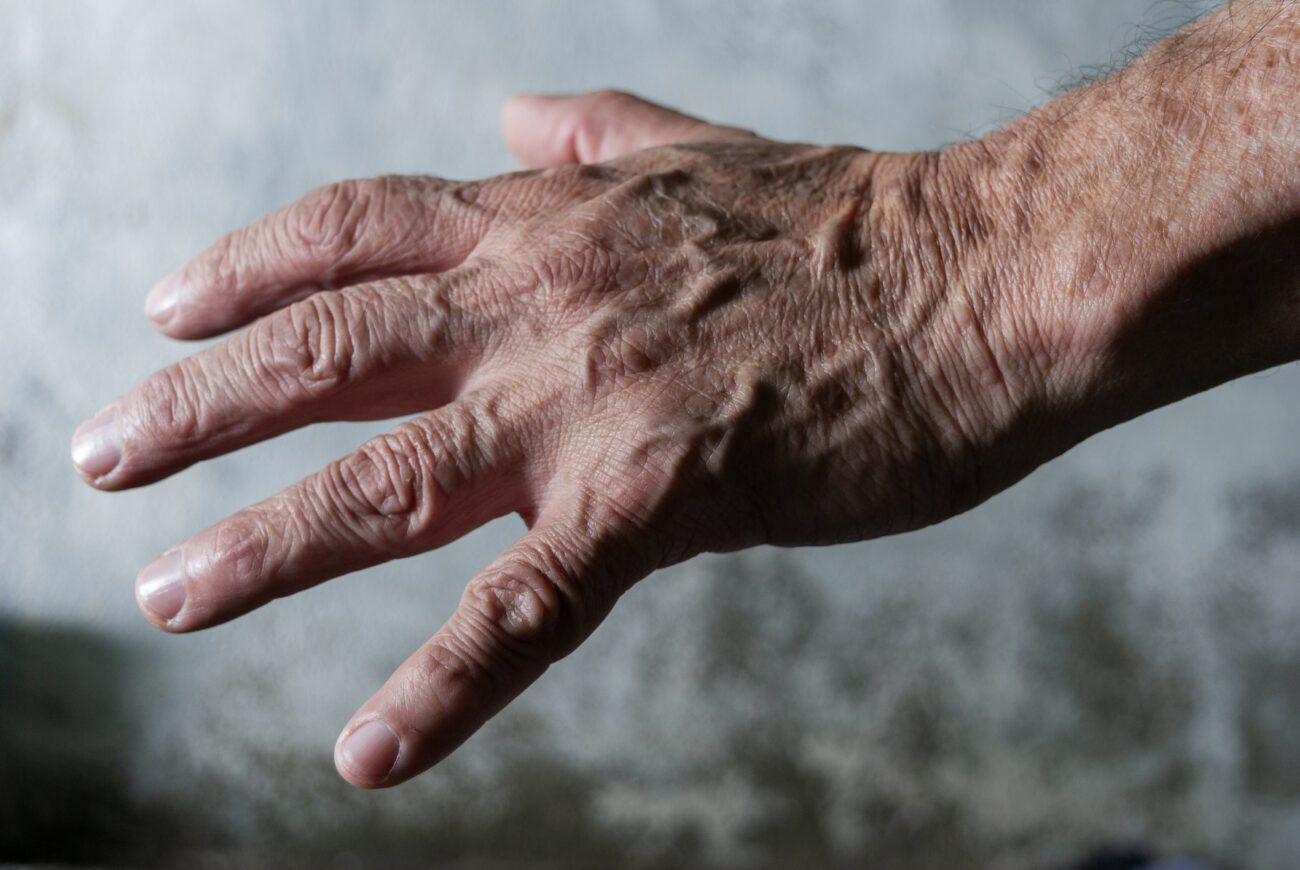Hand vein conditions are relatively common but often overlooked health concerns that can lead to discomfort, unsightly veins, and, in some cases, more severe complications. Veins in the hands are responsible for returning blood from the extremities back to the heart. When something disrupts this process, it can cause a range of symptoms that may signal an underlying problem. Understanding the symptoms of hand vein conditions is crucial for early detection and management.
Visible Bulging or Swollen Veins
One of the most noticeable symptoms of hand vein conditions is the appearance of bulging veins. Normally, veins in the hands are not very prominent, but they can become more visible for a variety of reasons. Conditions like varicose veins and spider veins can cause veins to appear swollen, twisted, or enlarged. As blood flow becomes disrupted, the veins may become more pronounced, especially when the hands are raised or after periods of activity.
Pain or Tenderness
If you experience any tenderness or pain in the veins of your hands, it could be a sign of a vein condition. This pain may range from a mild discomfort to more severe aching. The pain often worsens with prolonged use of the hands, such as gripping, typing, or lifting objects. This discomfort can be caused by inflammation in the veins, known as phlebitis, or even the presence of blood clots in certain vein conditions like deep vein thrombosis (DVT).
Discoloration of the Skin
Hand vein conditions can sometimes lead to changes in the color or texture of the skin over the affected veins. The skin may take on a reddish or bluish tint, which indicates blood pooling in the veins. If a vein becomes inflamed or ruptured, a bruise-like discoloration may also appear. This is more common with conditions like superficial thrombophlebitis, where a blood clot forms in a vein close to the surface.
Itching and Dry Skin
An itchy or dry sensation around the veins, particularly near bulging or varicose veins, can be a sign that blood is not circulating properly. Poor circulation can lead to skin changes, including a feeling of tightness or itchiness. The skin may also become dry or scaly, which is often a result of chronic vein problems affecting blood flow to the skin.
Swelling in the Hands or Fingers
Hand vein conditions can also cause swelling, especially in the fingers and wrists. This happens because the veins are not effectively transporting blood back to the heart, causing fluid to pool in the lower parts of the body. In severe cases, the swelling may extend to the hands themselves, making it difficult to move or grip objects properly.
Fatigue or Heaviness in the Hands
Some individuals with hand vein conditions report feeling a sense of heaviness or fatigue in their hands. This sensation can occur because the veins are struggling to move blood efficiently, forcing the muscles and tissues in the hand to work harder. This can make simple tasks feel more taxing, and over time, the discomfort can become more pronounced.
Cramping or Muscle Weakness
Hand vein conditions may also cause muscle cramps or weakness in the affected hand. The reduced blood flow to the area can deprive muscles of the oxygen and nutrients they need to function properly. This can result in cramping, numbness, or a general sense of weakness.
When to Seek Medical Help
If you experience any of the symptoms mentioned above, it’s important to consult with a healthcare provider for a proper diagnosis. Some hand vein conditions, like varicose veins or phlebitis, may be manageable with conservative treatments, such as compression therapy or lifestyle changes. However, more severe conditions, such as blood clots, may require immediate medical attention to avoid complications like pulmonary embolism or stroke. At Varicose to Perfect, we’re here to help. Contact our office today to schedule an appointment and learn more about your vein health.

